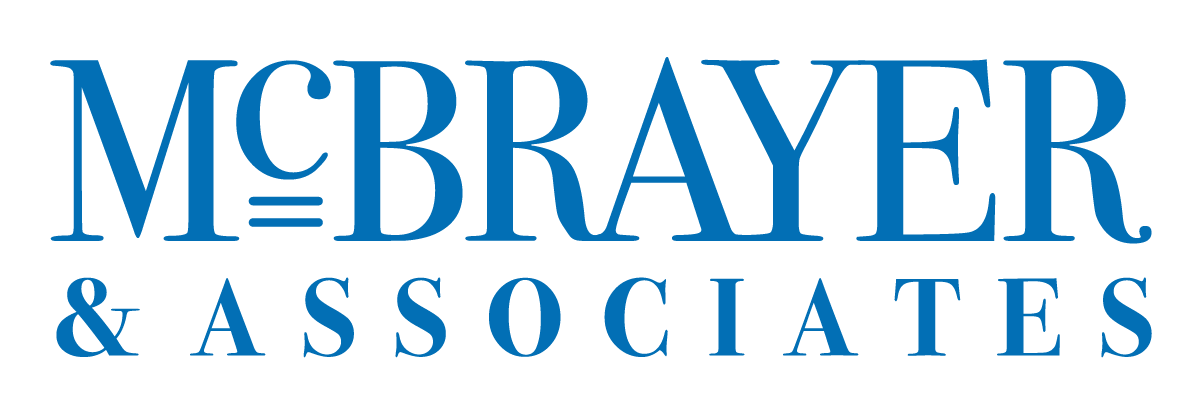How to Actually Become the Most Powerful Type of Seller

When buyers were asked what aspect of a seller was most important, they overwhelmingly voted on the sales person’s competency. That means that the unattainable triangle—the one that represented product, service, and price—has become almost obsolete. All three of those aspects are important, but among overall options, across the board those three criteria just weren’t all that different.
If the buyer does value salesperson competency more than any other aspect of the business relationship, how do we create a competitive advantage in the sales force?
In this post, we detail the qualities that buyers value most in the business relationship, and Program on Persuasion’s corporate sales training shows just how to develop those qualities.
The Unattainable Triangle
Remember the unattainable triangle? Each leg represented one of the three most important areas in the business relationship, product, service, and price.
The idea was that it was impossible to outdo the competition in all three of those areas, so as a sales organization, we needed to focus on one or two.
Yet, when researchers at HR Chally asked, buyers overwhelmingly voted that the three original sides of the triangle, although important, among all their options just weren’t very different.
Instead, the buyers voted salesperson competency the most important aspect of the business relationship.
Salesperson Competency
If indeed the buyer values salesperson competency more than any other criteria, then that means that the salesperson is the Value Proposition. As a salesperson, we need to know how to cultivate our own competency and develop it as an advantage in our sales force.
Program on Persuasion’s corporate sales training shows how to position the sales person as a brain trust or think partner. In this training, we show that not only is each sales person competent, but buyers values their expertise so much that they will come to your sales force.
The Dominant Selling Styles
Program on Persuasion’s corporate sales training identifies several dominant selling styles through a questionnaire. In order to best teach how to improve competence and develop the business relationship, we must first know where each sales person stands at the moment.
In a recent study commissioned by the Sales Executive Council, a think-tank in Washington DC, Mathew Dickson and Brent Adamson concluded (in their book The Challenger Sale) that all salespeople have a dominant selling style. They classify them in five groups.
1. The Hard Worker
This type of sales person is best identified by the following characteristics:
- Always goes the extra mile
- Doesn’t give up easily
- Is self-motivated
- Shows great interest in feedback and development.
2. The Challenger
The Challenger shows these qualities:
- Always has a different view of the world
- Understands the customer’s business
- Loves to debate
- Will push the customer
3. The Relationship Builder
This type of salesperson shows the following:
- Builds strong customer advocates
- Gives time to others generously
- Gets along with everyone
4. The Lone Wolf
The Lone Wolf exhibits these characteristics:
- Follows their own instincts
- Is self-assured and independent
5. The Problem-Solver
The Problems Solver shows the following aspects:
- Reliably responds
- Insures that problems are solved
- Is oriented around details
One dominant characteristic of most salespeople is competitiveness—which means that we tend to compare ourselves to others—so you have probably already self-assessed and categorized yourself into your dominant selling style.
The Results
According to the buyers, among the dominant selling styles, there is a clear winner and a clear loser. If you remember the Buyer’s Journey, you’ll recall that the buyer is actively looking for a think-partner in their business relationship.
Early in the process, buyers do their research, usually before they ever talk to a salesperson. The Challenger’s style of selling provides new insight on their business. Because of their wisdom resources, the Challenger is the type of seller that buyers most often reward with their business.
On the other hand, the Relationship Builder is the type of seller that buyers value the least. The buyer is not saying that the business relationship is not important. In fact, they would tell you that the relationship is mission-critical. The relationship builder is simply too focused on the relationship, and that focus is usually of little value.
When executed effectively, the business relationship is a byproduct of bringing value in the form of knowing the industry, market metrics, and framing it accurately for the buyer.
Conclusion
The buyer values the competency of the salesperson more than any other criteria, and the selling style they value most is the one that brings valuable market intelligence. Early in the business relationship, this has little to do with the seller’s company, their product, and their service. Valuable market intelligence instead deals with market knowledge of the buyer and the confidence to challenge the buyers’ preconceived notions.
Photo by Jeremy Beadle.
